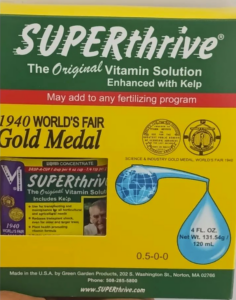If you’re diving into the world of semi-hydroponics, you’ll find a sea of advice on what to do. But what about the things you should avoid? In this article, we’ll walk you through the common pitfalls that could hinder your plants’ growth and well-being. Let’s get started!
Summary
Mistakes To Avoid In Semi-Hydroponics
- Avoid Untreated Tap Water: Tap water often contains minerals and chlorine that can harm your plants in a semi-hydroponic setup.
- Say No to Organic Fertilizers: Organic fertilizers don’t break down the same way in semi-hydroponics as they do in soil, making them less effective.
- Check for Guaranteed Analysis: Always choose fertilizers that provide a guaranteed analysis to know exactly what you’re feeding your plants.
- Be Skeptical of Liqui-Dirt: This product lacks a guaranteed analysis and may not provide the nutrients it claims to offer.
- Limit Use of Superthrive: While useful for transitioning plants, Superthrive can lead to leaf deformation and stunted growth if overused.
- Do Your Own Research: Don’t blindly follow social media advice. Always cross-check information and consider the experience level of the advice-giver.
Navigating the world of semi-hydroponics can be a bit confusing, especially with all the mixed advice out there. This article aims to clear up some common myths and misunderstandings, and more importantly, explain the science behind why you should steer clear of certain practices.
Let’s dive in, but don’t worry, we’ll keep it simple.
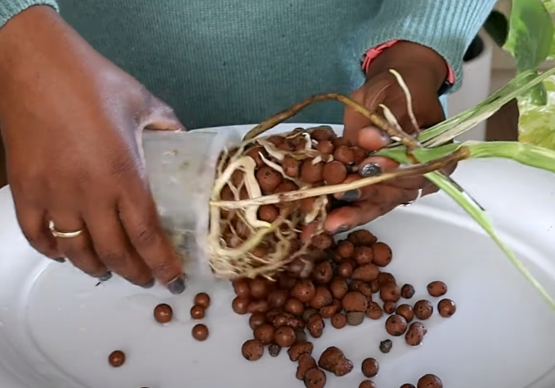
1. Stop Constantly Repotting Your Plants
This takes the top spot for a reason—it’s a big no-no.
You might hear suggestions like:
- Repot every few weeks to shift the roots away from the water reservoir
- Remove the plant, wash the LECA thoroughly, and then repot
- Trim the roots every few weeks
Hold on a minute. Is this really practical in the long run? Constantly repotting not only drains your energy but also stresses your plants.
Back to Basics
The golden rule? The less you mess with the roots, the better your plants will grow. Fiddling with a plant’s root system can weaken it and even lead to its demise.
If you’ve ever gardened outdoors, you know that some plants, like cucumbers and beans, don’t take well to being moved. The same holds true for plants in LECA or Pon. Constant repotting can shock your plants or halt their growth.
What to Do with Overgrown Roots
So, what’s the solution for overgrown roots in LECA? It depends on your pot setups.
Nutrient Stagnant Wicking (NSW) Setup: Here, you usually have an inner pot with drainage and an outer pot holding the nutrient water. If roots grow out of the drainage holes, let them be. They’re fine in the water reservoir. Over time, some roots may decay, but you can easily remove them. Use root stimulants like Kelpmax monthly, and you’ll rarely need to repot.
Submerged Setup: This one’s a bit trickier. If you’re using a net pot inside a cache pot, follow the same advice as above. If you’re using a single pot, you’ll need to be more cautious. Some plants, like Hoyas, can’t have their roots submerged all the time. To avoid root rot, let the plant dry out for a few days before refilling the reservoir.
In the long run, you might find it easier to switch to an NSW setup, especially as your plant grows and needs more frequent watering.
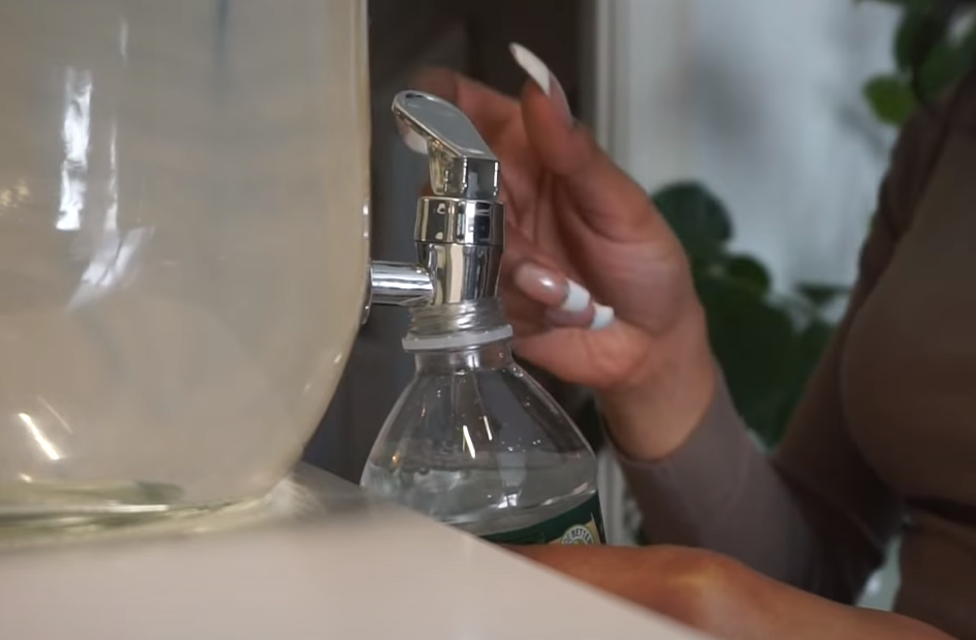
2. Think Twice Before Using Tap Water
You might think tap water is fine for your soil-based plants, but it’s a different story for semi-hydroponics.
Water quality varies a lot, depending on where you live.
So, it’s crucial to know what’s in your water if you’re serious about semi-hydroponics.
Why Water Quality Matters
Tap, well, and rainwater often contain minerals and dissolved solids that you won’t know about unless you test it.
If you’re committed to this growing method, consider investing in a reverse osmosis system or, at the very least, a good carbon-based filter pitcher.
What’s in Your Tap Water?
Without diving deep into the science of water treatment, here’s a quick rundown:
- Aluminum sulfate is added to adjust pH and clump impurities together.
- The water is stirred to make these clumps stick.
- Impurities are allowed to settle and then removed.
- The water is filtered through sand and gravel, similar to your home water filters.
- Finally, chlorine and ammonia are added to kill bacteria.
Common Water Contaminants and How to Remove Them
- Chlorine: It’s used to disinfect water but can harm your plants in a hydroponic setup. To remove it, leave the water in sunlight for 12-24 hours. Don’t just leave it on your counter; it needs sunlight.
- Chloramine: This is another disinfectant. You can remove it with tablets made for fish tanks or by using sunlight, although it takes longer to dissipate. An activated carbon filter also works.
- Dissolved Minerals: Hard water contains high levels of minerals like calcium and magnesium. These can lead to nutrient lockout, affecting your plants’ health. Signs of nutrient lockout include deformed or yellow leaves and stunted growth.
Your water source is crucial in semi-hydroponics. If you’re using tap water and not seeing issues, you might just be lucky—or the problems haven’t shown up yet.
To be on the safe side, switch to distilled, filtered, or reverse osmosis water. Avoid salt-based softeners, as they can harm certain plants like orchids and tropicals.
By being mindful of your water source, you’re setting your plants up for long-term success.
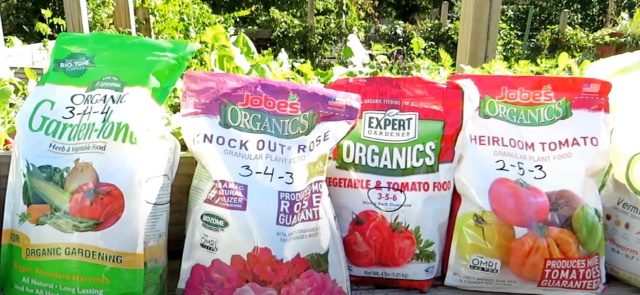
3. Why Organic Fertilizers Aren’t Ideal for Semi-Hydroponics
Organic fertilizers might be your go-to for soil-based plants, but they’re not the best choice for semi-hydroponics. Here’s why.
The Organic Fertilizer Breakdown
Organic fertilizers like worm castings, fish emulsion, and compost tea release nutrients slowly. They rely on soil’s natural biome to break down into essential elements like Nitrogen, Phosphorus, and Potassium (NPK).
In semi-hydroponics, this process is not only slow but also tricky to manage.
The Smelly Truth
Breaking down organic materials can produce unpleasant odors. While you can technically use a bio-filter in hydroponics to manage this, it’s impractical in a semi-hydroponic setup with stagnant reservoirs.
Synthetic vs. Organic Fertilizers
Synthetic fertilizers are more concentrated and readily available for plant uptake. They’re easier to manage but need frequent reapplication. Organic fertilizers, on the other hand, offer lower nutrient concentrations and require soil’s biome to become plant-friendly.
The Complexity of Organic Hydroponics
While organic hydroponic farming is possible, it needs a recirculating bio-filter system, which isn’t feasible for small, stagnant reservoirs in semi-hydroponics. Plus, homemade solutions like banana peel water won’t provide adequate nutrients and will make your reservoir smell bad.
New to Semi-Hydroponics? Stick to Synthetic
Some organic fertilizers like Foxfarm offer a mix of readily available and slow-release nutrients. If you’re new to semi-hydroponics, it’s best to avoid these. They make nutrient management more complicated.
Unless you’re an expert willing to invest time and effort into making organic fertilizers work in a closed system, it’s not worth the hassle. Large-scale organic hydroponics systems are different from small, individual reservoirs for houseplants.
Still not convinced? There are plenty of resources that debunk the myth that “organic” always means better. Do some research and you might change your mind.
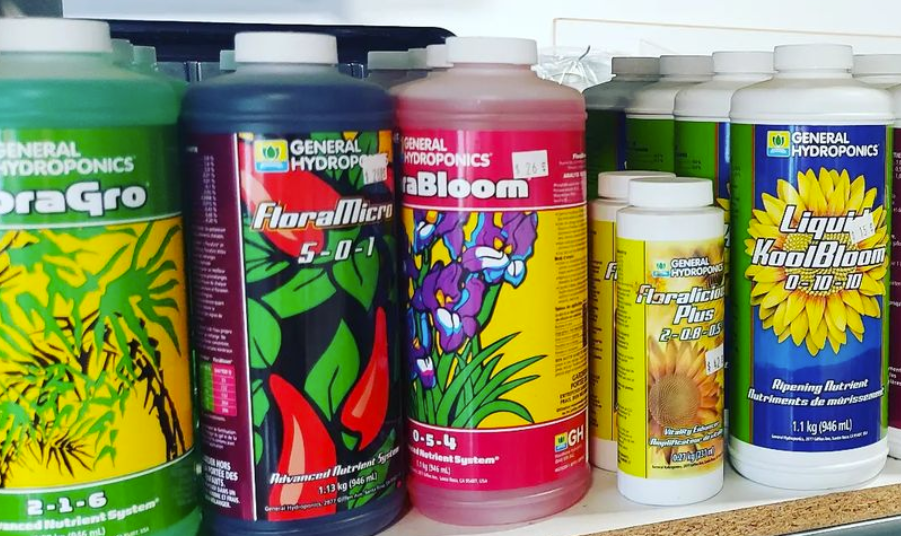
4. Always Opt for Fertilizers with a Guaranteed Analysis
When it comes to semi-hydroponics, knowing what you’re feeding your plants is crucial. That’s why it’s essential to use fertilizers with a guaranteed analysis.
What is a Guaranteed Analysis?
In simple terms, it’s the numbers you see on a fertilizer bottle, like 20-8-8, which represent the amounts of Nitrogen (N), Phosphorus (P), and Potassium (K). This info is usually accompanied by a list of percentages of other nutrients.
In the U.S., fertilizers must meet state regulations, which include lab testing and displaying a guaranteed analysis on the label.
Why Nutrients Matter
Nutrients are even more vital in semi-hydroponics than in soil-based growing. Soil naturally holds and releases nutrients, while LECA/Pon and other inorganic mediums don’t.
Consequences of Poor Feeding
Underfeeding can lead to:
- Slow growth
- Deformed growth
- Small leaves
- New growth dying off
- Discoloration (often a sign of nutrient deficiencies)
Overfeeding can result in:
- Burnt roots
- Deformed growth
- Rapid decline and death
Both underfeeding and overfeeding usually take months to show visible effects. Plants have energy reserves, and when these are depleted without proper replenishment, you’ll start to see issues.
My Recommendations
For peace of mind, go for trusted brands like General Hydroponics Trio or Dynagro, which offer a guaranteed analysis. Stick to the guidelines on the packaging, especially if you’re new to this.
If you’re more experienced, you might explore other options like the MSU formulation.
Knowing what goes into your plants is non-negotiable in semi-hydroponics. Always opt for fertilizers with a guaranteed analysis to ensure you’re giving your plants what they need.
Case Study: A Closer Look at Liqui-Dirt
Liqui-Dirt has been making waves in the semi-hydroponics community, promising a blend of organic nutrients that are readily available for plant uptake. But is it all it’s cracked up to be? Let’s dive in.
The Deceptive Marketing Trap
Liqui-Dirt lists various ingredients with their respective NPK values. While this might seem like a good thing, it’s misleading. These numbers relate to the core ingredients, not the final product. Without a guaranteed analysis, you’re left guessing what’s actually in the bottle.
It’s like buying a sandwich based on the nutritional info of bread, cheese, and meat, but not knowing if all those ingredients are actually in the sandwich you bought.
Legal Loopholes
Liqui-Dirt isn’t available in California, and for a good reason. The product doesn’t comply with state fertilizer laws, which require a guaranteed analysis on the label.
Lab Analysis Raises Concerns
Private lab tests of Liqui-Dirt’s sister product, Noot, show alarmingly low levels of macronutrients and even a complete absence of certain micronutrients claimed on the packaging.
OMRI-Listing: A Missed Opportunity
Despite its organic claims, Liqui-Dirt isn’t OMRI-listed. This certification would assure users that the product is genuinely organic and safe for farming organic food.
The PPM Dilemma
Liqui-Dirt’s ppm (parts per million) is shockingly low, even at concentrated dilutions. When questioned, the company argues that organic fertilizers can’t be measured this way. But if you can’t measure it, how can you control what your plant gets?
Using Liqui-Dirt is like eating a sandwich that might just be stale chips topped with cat hair. You wouldn’t risk your health on such a diet, so why gamble with your plants?
Until Liqui-Dirt provides a guaranteed analysis and complies with regulations, it’s best to stick with trusted fertilizers that do.
5. The Dos and Don’ts of Using Superthrive in Semi-Hydroponics
Superthrive is a popular choice for plant enthusiasts, especially when transitioning plants to semi-hydroponics.
While it’s great for short-term use, it’s not something you should include in your regular watering routine.
Overdoing it can lead to problems like leaf deformities and stunted growth, or even kill your plants.
Understanding Plant Stimulants
Ray, a pioneer in semi-hydroponics, breaks down plant stimulants into three categories:
- Direct Stimulants: These contain synthetic hormones like NAA and IBA. They boost the plant’s natural hormone production, encouraging growth. Superthrive falls into this category.
- Indirect Stimulants: Mega Thrive is an example. It’s a urea-based foliar fertilizer with molybdenum and boron, which also stimulate hormone production.
- Shortcut Stimulants: These products, like Kelpmax, contain a mix of vitamins, minerals, and other elements that work with the plant’s natural hormones to amplify growth.
Why You Should Be Cautious
- Health Risks: Superthrive is considered a pesticide in some states because it contains NAA, a carcinogen. It’s not recommended for edible or smokable plants.
- Toxicity: Overuse of molybdenum can make your plant toxic, posing a risk to pets and small children.
- Natural Hormone Cycle: Plants have a natural rhythm of hormone production that gets disrupted when you introduce external stimulants. Think of it like throwing gasoline on a campfire; it flares up but eventually returns to normal. It takes about a month for the plant to return to its natural cycle.
- Concentration Matters: Unlike fertilizers, where you can adjust the concentration, stimulants have a minimum effective dose. Below that, they’re ineffective; above that, they’re harmful.
Best Practices
According to our tests, it’s best to use Kelpmax once a month, and I follow suit with General Hydroponic’s Rapidstart. Both are applied monthly to avoid disrupting the plant’s natural hormone cycle.
So, while Superthrive and similar products can be beneficial, they should be used sparingly and wisely. Always remember to check for a guaranteed analysis on any product you use to know exactly what you’re giving your plants.


